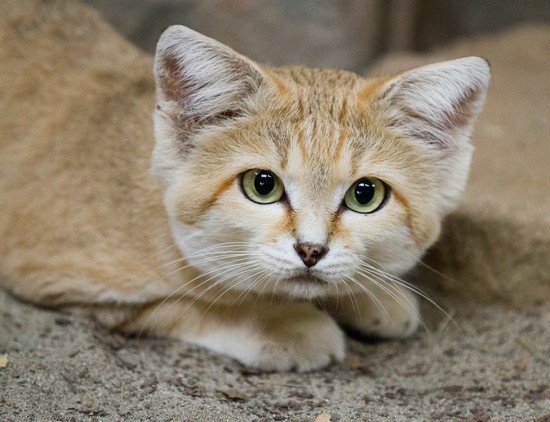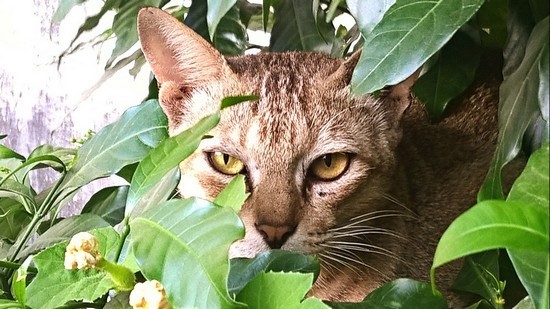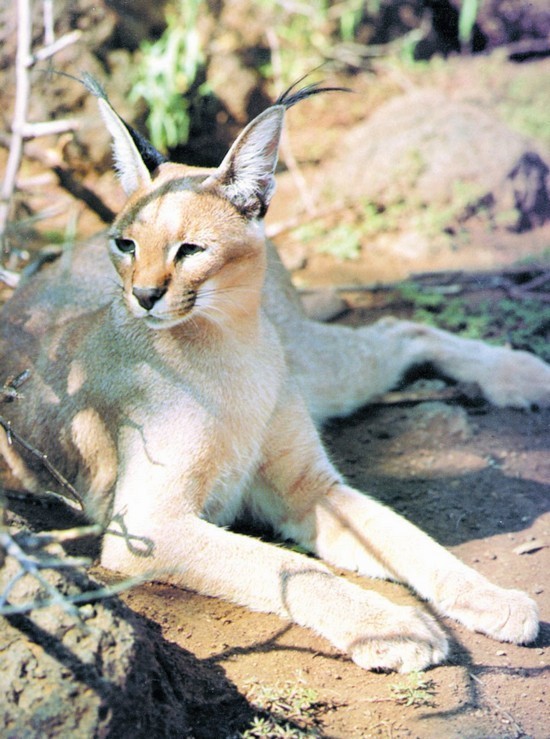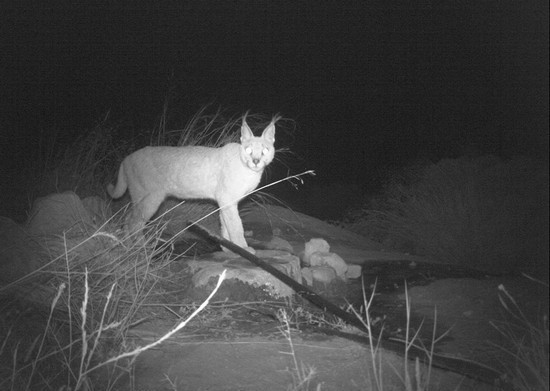A local study, “Modeling the habitat suitability of cat
species in
Jordan - a tool for climate-responsive conservation planning”, seeks
to understand the impact of climate change on the four types of wild cats
Jordan still has – lynx, wild cat, bush cat, and sand cat – by developing
models that depict the differences in suitable habitats for each species to
live in the year 2100.
اضافة اعلان
According to the study, the geographic areas of the lynx
will shrink by 88 percent by 2050, to 2,200 Sq.km. from the Kingdom’s total area
of only 2,400 Sq.km., and shrink further, by up to 89 percent, until 2070. The
study also found that the sand cat’s habitat will get worse between 2050 and
2070.

To reach these results, a program was used to model the
distribution of species, based on factors like temperature and rainfall. A
number of layers, such as elevations and vegetation patterns, were added to the
program as well.
According to the researchers, the findings, when viewed in
light of Jordan’s deterioration of
biodiversity, ecosystems, and habitats, are
dangerous indicators that these species may become extinct if effective
protection programs are not implemented. The study found that current nature
reserves cannot protect these species the way they are supposed to.
According to the
Royal Society for the Conservation of Nature (RSCN) President Khaled Irani, such studies require in-depth and
intensive research methods “because the monitoring process is lengthy and
requires full specialized programs to achieve accurate results”.

According to Irani, the statement “sanctuaries will not be
able to protect the animals” is a “broad statement with no specific evidence”.
“We are now in contact with the researchers who carried out
the study, who are members of the association. This arose not out of disagreement,
but rather in order to increase efforts to achieve more accurate results,” he
said.
According to the researchers, the findings, when viewed in light of Jordan’s deterioration of biodiversity, ecosystems, and habitats, are dangerous indicators that these species may become extinct if effective protection programs are not implemented.
“The RSCN believes that the presence of youth efforts to study
these topics is a positive thing, and we encourage and invite them to the
association to support and help them, because we want them to continue and for
the
youth to be more aware of this sector,” he added.

He also said RSCN will issue statements “every month or two”
about its research, which is focused on climate change and how biodiversity can
be linked to
climate change.
The decline of habitats is a result of urban encroachment, the
effect of climate change, overgrazing on lands “we need to protect”, and the
absence of forestation efforts, he said, adding that “when it comes to
protected areas, Jordan has been greatly impacted by climate change”.
The RSCN told
Jordan News that it is working to protect and
conserve wild species, including wild cats, through a series of measures and
interventions, like working to improve habitats and closing gaps between them by
connecting forested areas and restoring vegetation cover in dry areas through
direct interventions and the development of grazing plans.

Omar Abed, an animal studies researcher, stated that society
is working on a set of rehabilitation programs for ecosystems in
nature reserves as a critical component of its role in preserving biodiversity with
its various components. “The results were translated as qualitative
interventions that contributed to directing the reserve’s management to
preserve and sustain biodiversity in the face of various challenges, including
the effects of climate change and the extent to which nature reserves responded
to this change,” he said.
Sensitive species, such as wild cats, are used as indicators
of the health of vital systems due to their response to change, he said. Images
from cameras used to monitor biodiversity in the
Dana Reserve, for example,
revealed that lynx and wild cats lived in healthy communities in their habitats
between 2012 and 2022. The surveillance cameras also caught images of lynx in
the
Mujib Nature Reserve, which show how it behaves during the breeding season
and where it lives.

“Wild cats are a shy species that is very sensitive to
changes in the environment, and information about their distribution and way of
life, especially in our region, is hard to come by. This can make it hard to
trust models that show how societies change or disappear because of threats to
their breeding,” he added.
Communities documented the presence of a sand cat community
in the eastern desert, and the existence of a healthy sand cat community in the
Burqa Reserve, but the species is vulnerable to general threats from human
encroachment, habitat scattering, and destruction, and frequent dry cycles.

Work is currently underway to develop a more specialized
program that monitors the sand cat using tracking devices to learn about its
daily behavior, response to variables, and the extent of its spread, in order
to protect it from threats.
Read more Lifestyle
Jordan News











